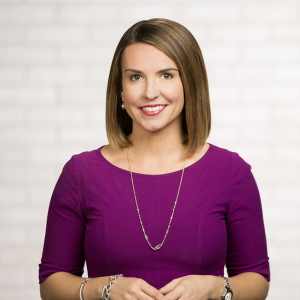DENVER — As school districts across Colorado navigate how and when to restart in-person classes, their challenge is complicated by a lack of scientific research about how the virus spreads in schools and no clear metrics for how students go safely back to school amid a pandemic.
“I wish we had the data we need,” said Dr. Jonathan Samet, head of Colorado’s COVID-19 modeling team and dean of the Colorado School of Public Health. “When the pandemic hit, schools were closed down, so we don’t have very much data, very much observation, about what happens with schools.”
Data from around the world shows children are far less likely to get seriously ill from the virus, but big unanswered questions remain, including how often children become infected and what role they play in transmitting the virus.
“We’re having a big experiment. I’m hoping this works, that we learn by doing and we learn how to keep children safe and the adults who work in schools safe,” Samet said.
Bottom line, he stressed there is no question schools will have outbreaks of the virus as they reopen, but how many outbreaks is too many is what remains unclear.
“We will probably end up making these decisions, about how many outbreaks or how many affected children are too many, a little bit by the seat of our pants,” he said.
Among other safety measures like masks and social distancing, Samet said contact tracing will be key and researchers must be prepared to watch the data very closely to identify any potential spike in cases that can be linked to schools reopening.
“If we see a rise that leads to projections of unacceptable numbers of cases, the answer is we’re going to have to find ways to increase social distancing, whatever’s driving it,” he said.
Gov. Jared Polis said during a press conference Tuesday that the most important guideline the state wants all schools to follow is cohort isolation.
“Fancy word, but what that means is if there’s a class of 25, they need to not interact with other classes of 25,” Polis said.
When asked what the worst-case scenario was for schools reopening, Samet said: “An overlapping flu epidemic on top of our COVID-19 epidemic, and we’re asked to sort out who has what.”
Another concern is the potential for kids to get infected, many with no symptoms, and then spread the virus at home or to other adults in the school.
“And then of course just how having schools open may drive up the epidemic curve,” Samet said. “The importance of having good systems in place to watch what's happened, I think that's really critical.”


